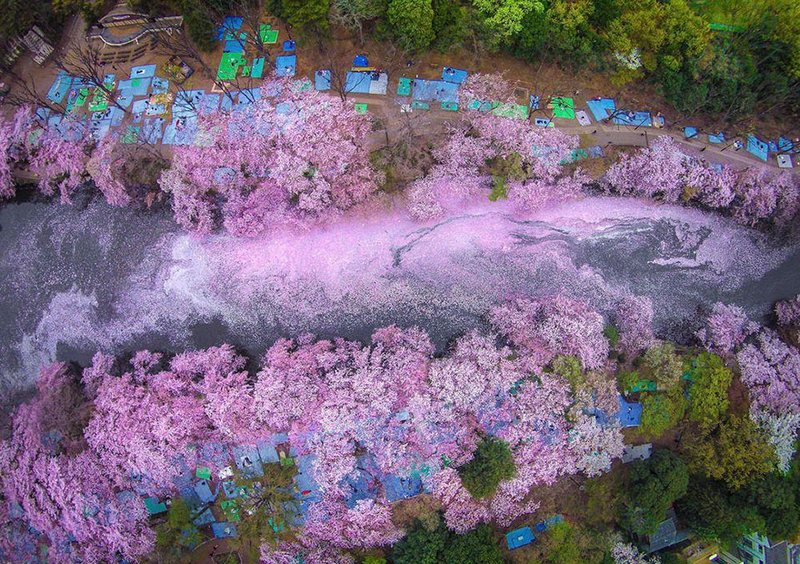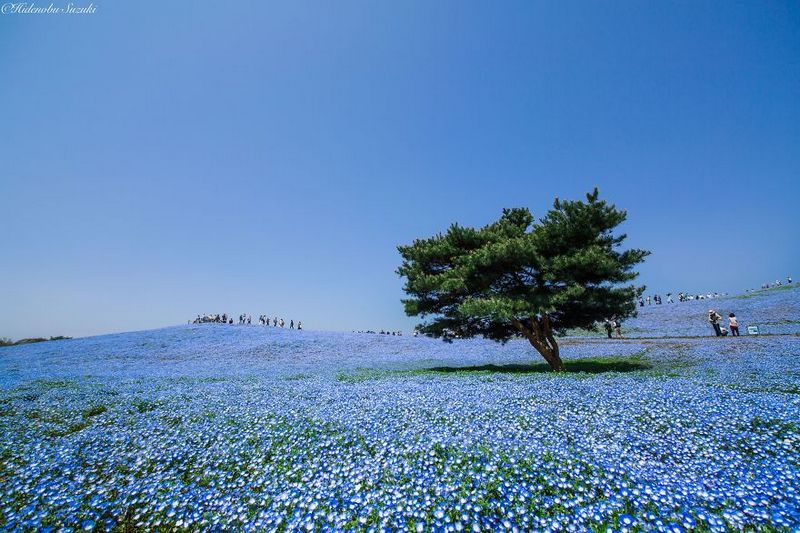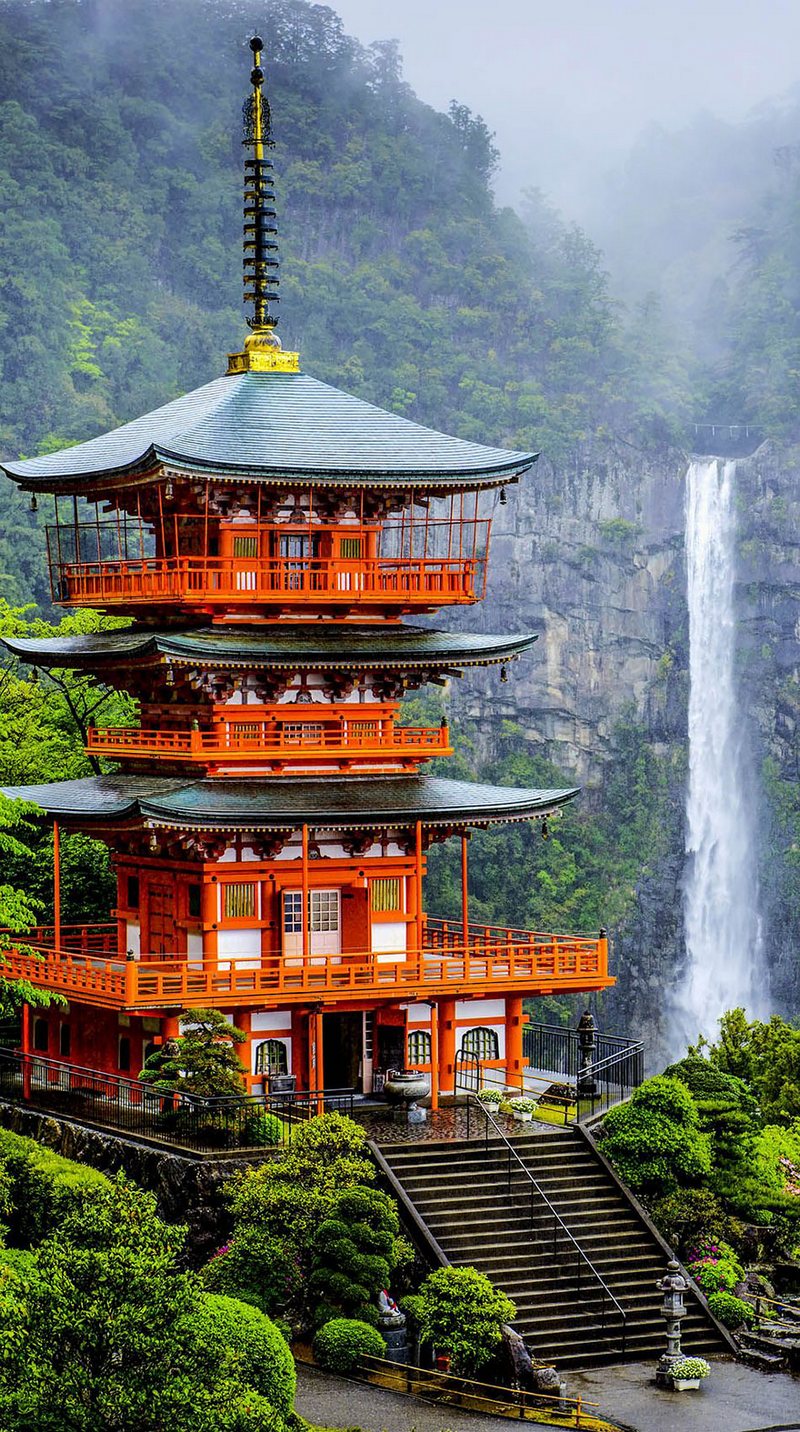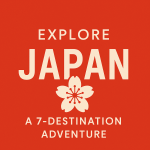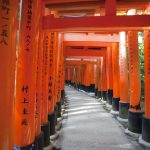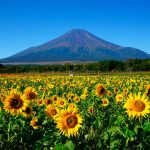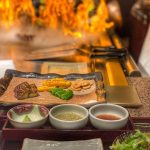There are 16+ reasons why you should visit Japan.
If you’ve ever been to Japan, you know how incredible it is. And if you’ve never been, what are you waiting for?! Check out this list put together by Bored Panda. It contains some of the most beautiful sights that this fascinating country has to offer. Some of them are well-known tourist destinations. Others are further away. And a couple are completely absent from the map. But believe us when we say that they are all fantastic.
#1 Sagano Bamboo Forest, In Arashiyama
There’s a reason Sagano Bamboo Forest is one of Bored Panda’s favorite places on the planet. What can we say? We adore bamboo! After all, we are pandas. But even we wouldn’t dream of munching on this lovely forest in Arashiyama, Kyoto’s second-most popular tourist district. Walking through the towering bamboo groves is like entering another world, and while it can get quite crowded, especially during high season, there’s no denying that Sagano Bamboo Forest is a must-see for anyone visiting the region.

#2 4.5 Million Baby Blue Eyes In Japan’s Hitachi Seaside Park
Hitachi Seaside Park, located northeast of Tokyo, is a great place to visit at any time of year because of the abundance of seasonal flowers that transform the landscape into a colorful canvas. The best time to visit is in September when most varieties are in bloom, but if you want to see these Baby Blue Eyes (also known as Nemophilia), go during April and May.

#3 Autumn In Hitachi Seaside Park
Autumn is the best season to visit Hitachi Seaside Park, a popular park on Honshu, Japan’s largest island. It takes about two hours to get there by public transportation from Tokyo, making the park ideal for a day trip for those looking for a brief respite from the capital’s hustle and bustle.

#4 Fields Of Shibazakura
The Fuji Shibazakura Festival is an annual celebration of the vibrant Shibazakura moss that grows in the Fuji Five Lakes region. Visitors to the festival will be greeted with a breathtaking sight: over 800,000 stalks of pink, white, and purple moss covering field after field-stretching towards Mount Fuji in the distance. The best time to see the moss varies from year to year, but the festival is typically held between April and June. Early mornings have the best visibility.
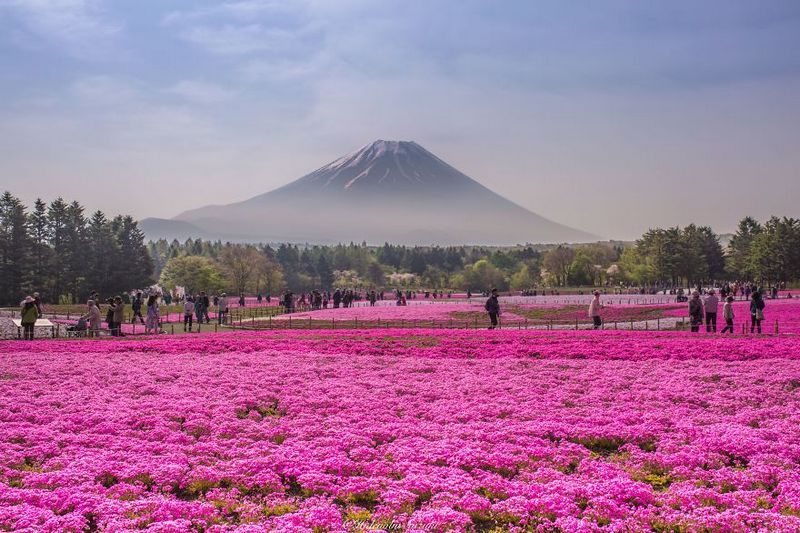
#5 Wisteria Tunnel At Kawachi Fuji Gardens
Have you ever wished to walk through a Wisteria tunnel? You’re in luck because Kawachi Fuji Garden has exactly what you’re looking for. The garden is located on Kyushu’s northern tip, about an hour by public transportation from Fukuoka. The Japanese adore Wisteria (don’t we all?) and the flower appears in Waka, a traditional Japanese poem. The Garden is best visited in late April when the flowers are at their most colorful.
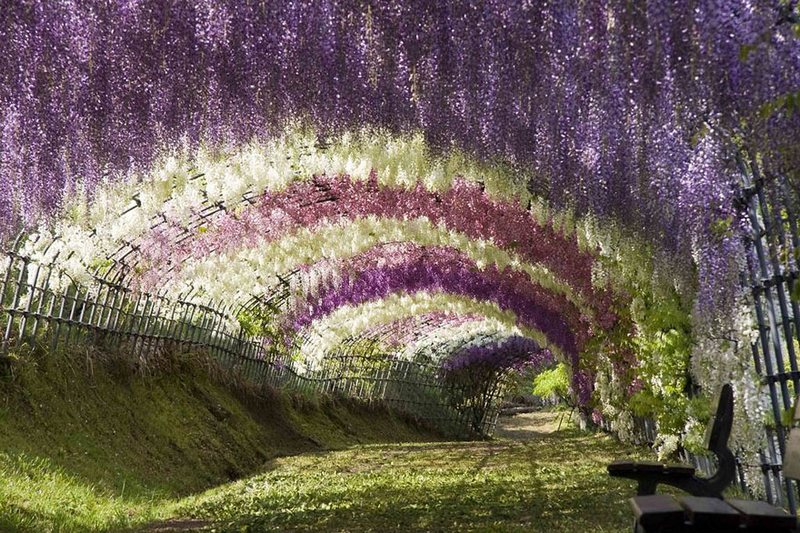
#6 River In Kawagoe
If you’re going to be in the Toyko area, make time to visit Kawagoe. The city is only 30 minutes away by train, making it an ideal day trip destination. Kawagoe is well known for its rivers (Kawa means “river” and Goe means “over”) and is also known as “Little Edo” because the main street is said to retain the ambiance of the town during the Edo Period (1603-1867). Try to time your visit to coincide with the Kawagoe Festival, which takes place over two days on the third Saturday and Sunday of October.

#7 Fushimi Inari-taisha
One of the most important Shinto shrines in southern Kyoto is Fushimi Inari Shine. It is also the most important shrine to Inari, the Shinto god of rice. Foxes are thought to be Inari’s messengers, which is why there are so many fox statues around the shrine. The thousands of vermilion torii gates that straddle the various winding trails around the main buildings, however, are the main draw for tourists. It’s a fantastic location for photographers, as long as you get there before the crowds…
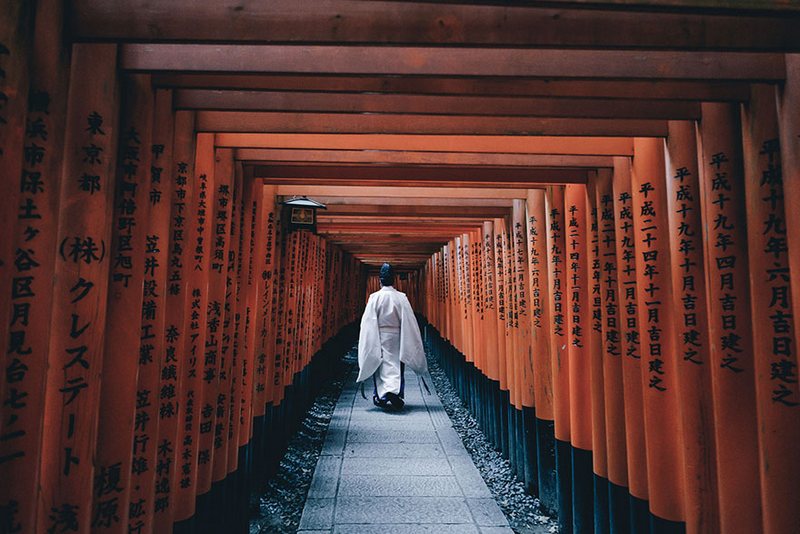
#8 Natadera Temple In Winter
Natadera temple is a stunning sight at any time of year, but no season does this ancient holy site justice like winter. The temple was founded in 717 by a Buddhist monk who went to a nearby mountain in search of a goddess. Both the mountain (Mount Hakusan) and the temple are still among the most popular places of worship in the region today.

#9 Bamboo Light Festival In Taketa, Ōita
Taketa translates to bamboo and rice field, and what better way to commemorate the city’s heritage than with a bamboo light festival? The festival attracts tourists from all over the world who want to see the 20,000 lanterns that are displayed for three nights every year. The tradition began in 2000 as a way to help regulate the rapidly growing bamboo that can be found throughout the region, and the festival attracts tourists from all over the world who want to see the 20,000 lanterns that go on display for three nights every year. The festival kicks off on the third Friday of November.
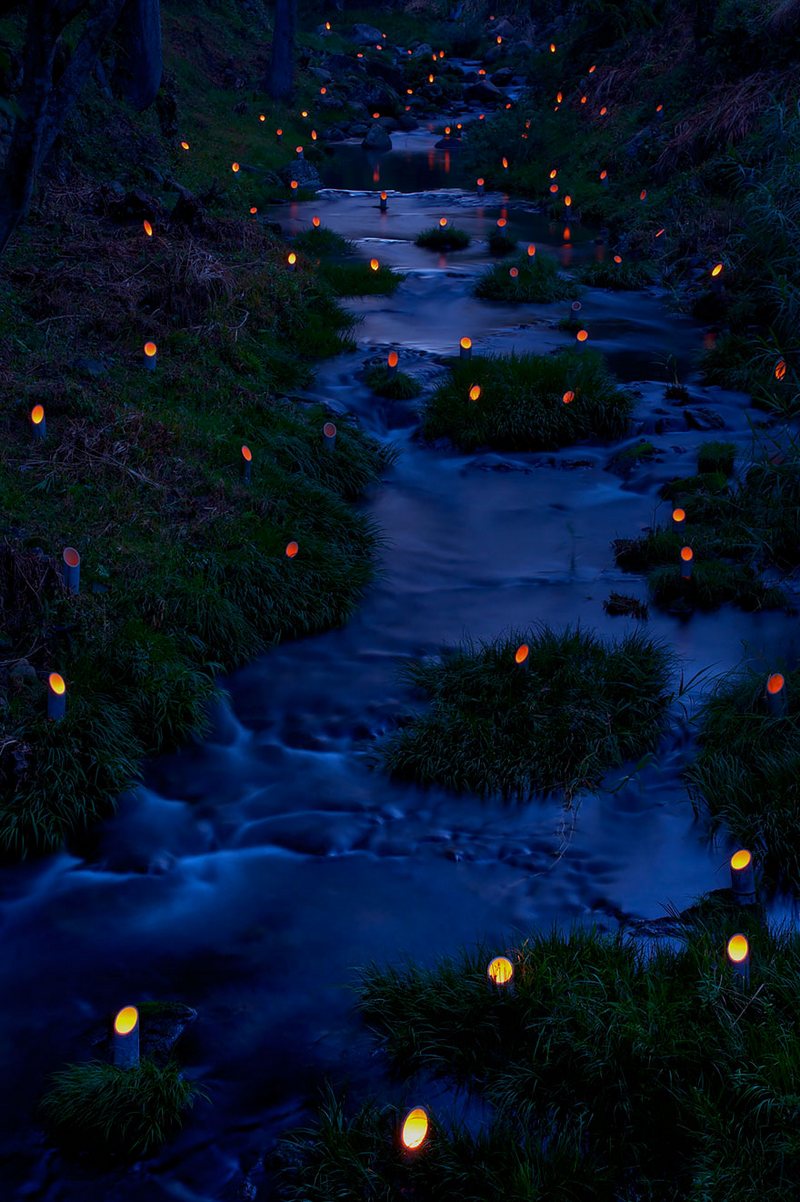
#10 The Pagoda Of Seigantoji And Nachi No Taki Waterfall
If you’re looking for ancient history combined with breathtaking scenery, the Pagoda of Seigantoji is a must-see. The pagoda is three stories high and located in Wakayama Prefecture, Higashimuro. It is an impressive sight on its own. But the fact that it is located next to Japan’s tallest waterfall, Nachi no Taki, makes it even more spectacular! The waterfall is 133 meters high (over 430 feet) and was the area’s original religious site; it’s easy to see why people chose to worship this awesome natural wonder when you see it for yourself.
#11 Nakasendo Walk
The Nakasendo Way is a walking path that runs from Kyoto to Edo. Nakasendo literally translates as “the road through the mountains,” and it was a vital transportation route in the 17th century. The Nakasendo Way, now largely forgotten, offers a pleasant, scenic walk through both the countryside and Japan’s history. The entire journey takes about ten days and is appropriate for anyone who can comfortably walk for more than three or four hours at a time. Various tour operators provide packages that include guides, food, and lodging.
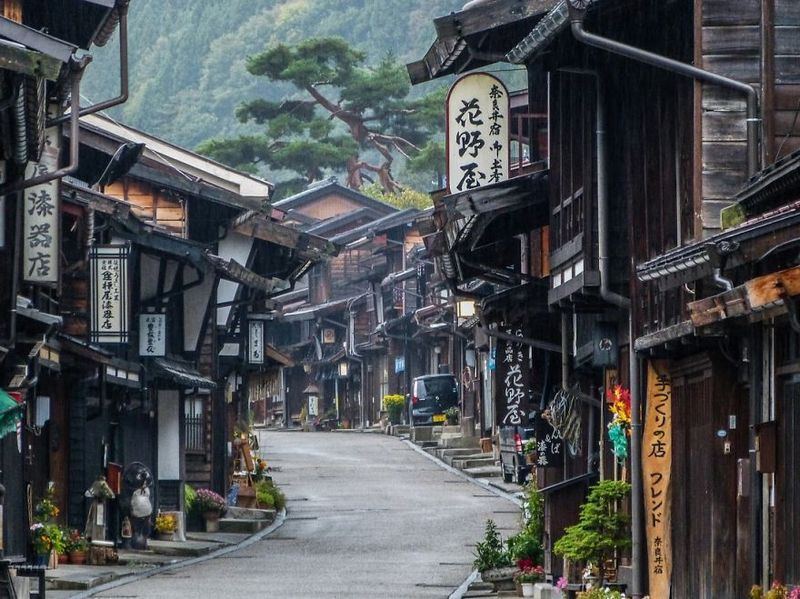
#12 Rainy Day In Osaka
There’s always something to do in Osaka, whether the sun is shining or it’s pouring outside. After Tokyo, Osaka is Japan’s second-largest metropolitan area, and it is well known for its striking architecture, rowdy nightlife, delicious street food, and, of course, Osaka Castle. If the weather is bad, don’t worry because Shinsaibashi-suji, a large covered shopping street in the city’s main shopping district, is a great place to spend a few hours while you wait for the rain to stop.
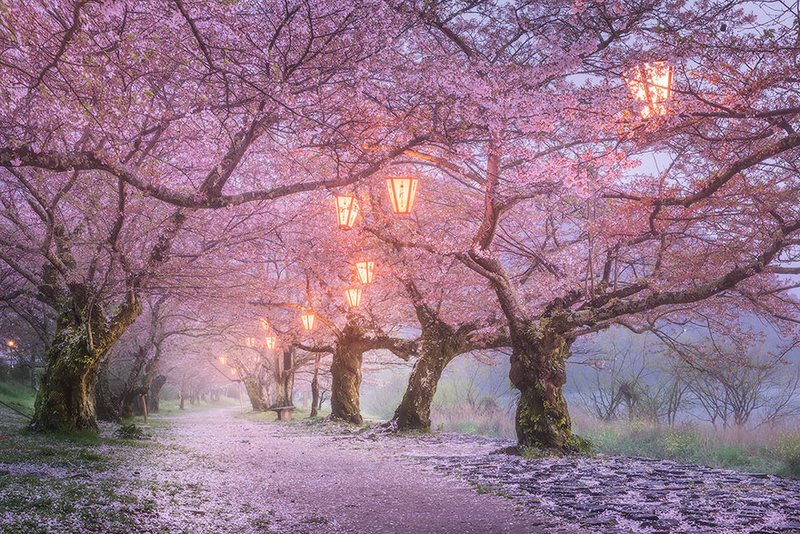
#13 Chureito Pagoda And Mount Fuji
If you’re planning a trip to Japan, no itinerary would be complete without seeing the country’s most famous natural wonder. Chureito Pagoda, a peace memorial built in 1963, provides one of the best views of this spectacular mountain. You’ll have to climb about 400 steps to get there, but trust us when we say every step is worth it.

#14 Blue Pond In Hokkaido
Hokkaido is Japan’s second-largest island. It is located in the far north and is a vast and relatively untouched wilderness that is 40 times larger than Tokyo but has only a third of the population. If you plan to visit this enchanting region, make sure to stop by the Blue Pond (Aoiike), which was named after the natural minerals that turn the water into a beautiful blue lagoon. It’s on the outskirts of Shirogane Onsen, a hot spring town in the Kamikawa District.
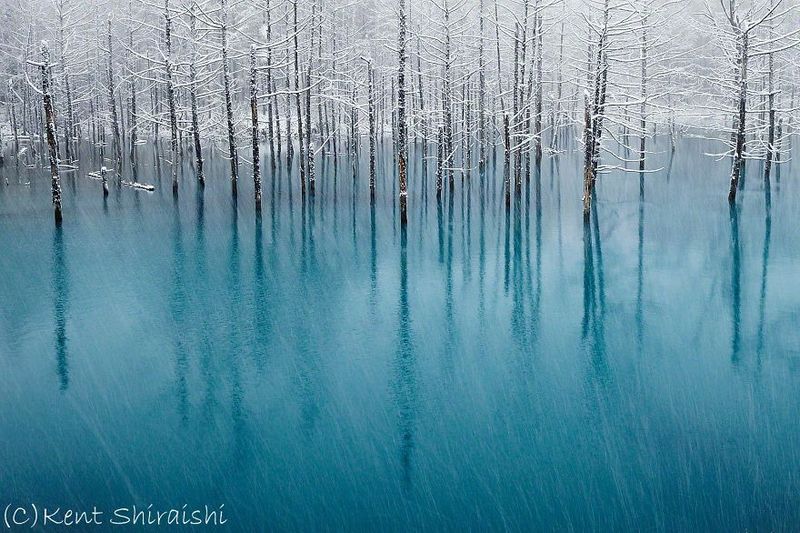
#15 Cherry Blossoms Paint A Lake Purple In Tokyo
The Cherry Blossom Festival in Japan is one of the most spectacular seasonal sights the country has to offer. Every spring, the country transforms into a massive bouquet of pastel-colored petals, but if you want to see it for yourself, make sure you time it right because cherry blossom season only lasts a few weeks. Fortunately, several websites are dedicated to tracking each year’s blossom, so keep an eye on their updates to ensure your visit is perfectly timed.
